Exhibition devoted to Picasso's imaginative and original uses of paper opens in London
LONDON.- The Royal Academy of Arts is presenting Picasso and Paper, the most comprehensive exhibition devoted to Picasso’s imaginative and original uses of paper ever to be held. Bringing together over 300 works and encompassing Picasso’s entire prolific 80-year career, this ground-breaking exhibition focuses on the myriad ways in which the artist worked both on and with paper, and offers new insights into his creative spirit and working methods.
One of the most important artists of the 20th century, Pablo Picasso (1881-1973) worked across a range of mediums including painting, sculpture, ceramics and graphic arts. He also invented a universe of art involving paper. His prolonged engagement with the medium grew from the artist’s deep appreciation of the physical world and his desire to manipulate diverse materials. He drew incessantly, using many different media, including watercolour, pastel and gouache, on a broad range of papers. He assembled collages of cut-and-pasted papers; created sculptures from pieces of torn and burnt paper; produced both documentary photographs and manipulated photographs on paper; and spent decades investigating an array of printmaking techniques on paper supports.
The exhibition has been organised within a broad chronological framework exploring all stages of Picasso’s career working with paper. Highlights include Women at Their Toilette, winter 1937-38 (Musée national Picasso-Paris) an extraordinary collage of cut and pasted papers measuring 4.5 metres in length, which is being exhibited in the UK for the first time in over 50 years; outstanding Cubist papiers-collés such as Violin, 1912 (Musée national Picasso-Paris); and studies for Les Demoiselles d’Avignon, 1907 including Bust of Woman or Sailor (Study for 'Les Demoiselles d’Avignon'), 1907 (Musée national Picasso-Paris).
Pablo Picasso, Femmes à leur toilette, Paris, winter 1937–38. Collage of cut-out wallpapers with gouache on paper pasted on canvas. 299 x 448 cm. Musée national Picasso-Paris. Pablo Picasso Gift in Lieu, 1979. MP176. Photo © RMN-Grand Palais (Musée national Picasso-Paris) / Adrien Didierjean © Succession Picasso/DACS 2019.
Pablo Picasso, Violin, Paris, autumn 1912. Laid paper, wallpaper, newspaper, wove wrapping paper and glazed black wove paper, cut and pasted onto cardboard, pencil, charcoal. 65 x 50 cm. Musée national Picasso-Paris. Pablo Picasso gift in lieu, 1979. MP367. Photo © RMN-Grand Palais (Musée national Picasso-Paris) / Mathieu Rabeau. © Succession Picasso/DACS 2019.
Pablo Picasso, Bust of Woman or Sailor (Study for 'Les Demoiselles d’Avignon'), Paris, spring 1907. Oil on cardboard. 53.5 x 36.2 cm. Musée national Picasso-Paris. Pablo Picasso gift in lieu, 1979. MP15. Photo © RMN-Grand Palais (Musée national Picasso-Paris) / Adrien Didierjean. © Succession Picasso/DACS 2019.
Picasso’s drawings, including Self-portrait, 1918 (Musée national Picasso-Paris) and Seated Woman (Dora), 1938 (Fondation Beyeler), are being presented throughout the show. These feature alongside key examples of the variety of printing techniques that he explored – etching, drypoint, engraving, aquatint, lithograph and linocut – such as 'Le Déjeuner sur l’herbe' after Manet I, 26 January – 13 March 1962 (Musée national Picasso-Paris).
Pablo Picasso, Self-portrait, 1918. Pencil and charcoal on wove paper. 64.2 x 49.4 cm. Musée national Picasso-Paris. Pablo Picasso gift in lieu, 1979. MP794. Photo © RMN-Grand Palais (Musée national Picasso-Paris) / Mathieu Rabeau. © Succession Picasso/DACS 2019.
Pablo Picasso, Seated Woman (Dora), 1938. Ink, gouache and coloured chalk on paper. 76.5 x 56 cm. Fondation Beyeler, Riehen/Basel, Beyeler Collection. Photo: Peter Schibli. © Succession Picasso/DACS 2019.
Pablo Picasso, 'Le Déjeuner sur l’herbe' after Manet I, Mougins, 26 January – 13 March, 1962. Linocut on Arches wove paper, printed by Arnéra in six passes, in dark purple, then yellow, then red, then green, then light blue, then black, fifth state, 62 x 75.2 cm. Musée national Picasso-Paris. Pablo Picasso gift in lieu, 1979. MP3488. Photo © RMN-Grand Palais (Musée national Picasso-Paris) / Marine Beck-Coppola © Succession Picasso/DACS 2019
Throughout the exhibition, a sequence of unfolding themes will contextualise the paper works, which are being displayed alongside a select number of closely related paintings and sculptures. For example, Picasso’s great masterpiece of the Blue Period, La Vie, 1903 (Cleveland Museum of Art), is being displayed with preparatory drawings and other works on paper exploring corresponding themes of poverty, despair and social alienation. Picasso’s Cubist bronze Head of a Woman (Fernande), 1909 (Musée national Picasso-Paris) is being exhibited together with closely associated drawings. The monumental sculpture of the war years, Man with a Sheep, 1943 (Musée national Picasso-Paris), is being displayed together with a group of large ink and wash drawings that amplify the sculpture’s emotional resonance.
Pablo Picasso, Study for ‘Head of a Woman (Fernande), 1909. © RMN-Grand Palais (Musée national Picasso-Paris) / Daniel Arnaudet © Succession Picasso/DACS 2020
A focused section within the exhibition examines the materials and techniques used by Picasso over the course of his career. This includes an early woodcut printed by hand using a salad bowl as the block, the collaborative photograms he made with Dora Maar and later with André Villers, as well as experimental graphic works and illustrated books. A display ranging from newspaper and envelopes to antique laid papers with distinctive watermarks will demonstrate the different papers Picasso used, while the astonishing array of ephemera he kept - personal letters and cards decorated with drawings - is also being represented.
The film Le Mystère Picasso of 1955, a remarkable documentary recording Picasso drawing with felt-tip pens on blank newsprint, is being shown alongside original drawings made for the production.
The closing section focuses on Picasso’s last decade which saw the final flourishing of his work, particularly as a printmaker. Drawings and prints are being shown together with a series of copper plates, as well as Picasso’s printing press from the period.
The majority of the loans in the exhibition have been generously lent by the Musée national Picasso Paris.
Pablo Picasso, Girl in a Hat with Her Hands Clasped, [Paris], autumn 1921 Pastel and charcoal on wove paper. © RMN-Grand Palais (Musée national Picasso-Paris) / Mathieu Rabeau © Succession Picasso/DACS 2020.
Pablo Picasso, Minotaur Caressing a Sleeping Woman, from the Vollard Suite, Boisgeloup, 18 june 1933. © RMN-Grand Palais (Musée national Picasso-Paris) / Mathieu Rabeau © Succession Picasso/DACS 2020.
Pablo Picasso, Head of a Woman, Mougins, 4 December 1962. Pencil on cut and folded wove paper from an album sheet. 42 x 26.5 cm. Musée national Picasso-Paris. Pablo Picasso gift in lieu, 1979. MP1850. Photo © RMN-Grand Palais (Musée national Picasso-Paris) / Béatrice Hatala. © Succession Picasso/DACS 2019.
Pablo Picasso, Dog, Málaga, c. 1890 Cut-out paper. © Museu Picasso, Barcelona. Photo, Gasull Fotografia © Succession Picasso/DACS 2020.
Pablo Picasso, Dove, Málaga, c. 1890 Cut-out paper. © Museu Picasso, Barcelona. Photo, Gasull Fotografia © Succession Picasso/DACS 2020.
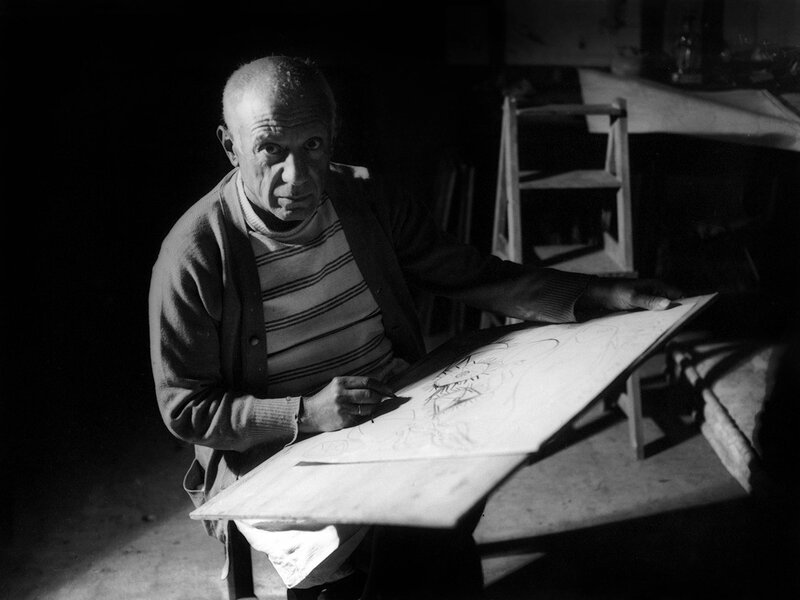
Michel Sima, Pablo Picasso drawing in Antibes, 1946. Black-and-white photograph. Photo © Michel Sima / Bridgeman Images. © Succession Picasso/DACS 2019.

/https%3A%2F%2Fprofilepics.canalblog.com%2Fprofilepics%2F1%2F0%2F100183.jpg)
/https%3A%2F%2Fstorage.canalblog.com%2F03%2F02%2F119589%2F96711876_o.jpg)
/https%3A%2F%2Fstorage.canalblog.com%2F11%2F31%2F119589%2F94773502_o.jpg)
/https%3A%2F%2Fstorage.canalblog.com%2F20%2F83%2F119589%2F94772815_o.jpg)
/https%3A%2F%2Fstorage.canalblog.com%2F26%2F72%2F119589%2F75604929_o.jpg)
/https%3A%2F%2Fstorage.canalblog.com%2F59%2F60%2F119589%2F26458628_o.jpg)
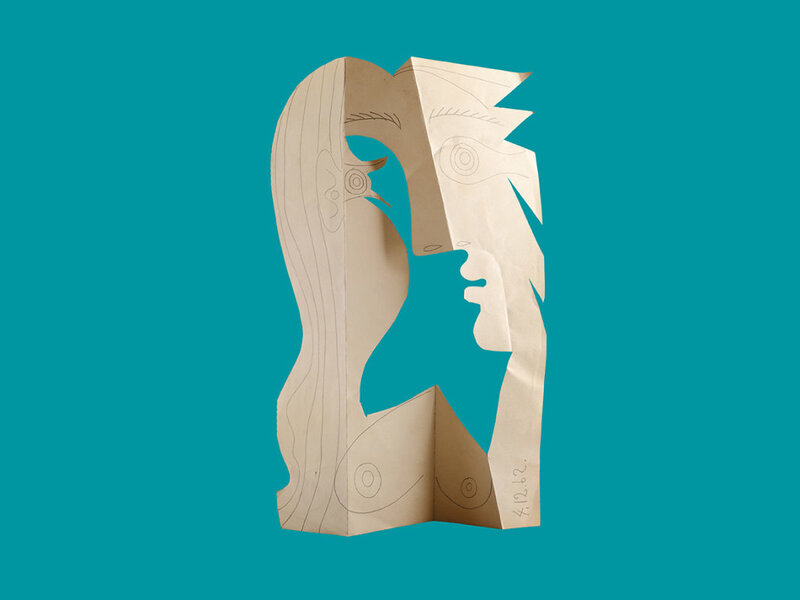
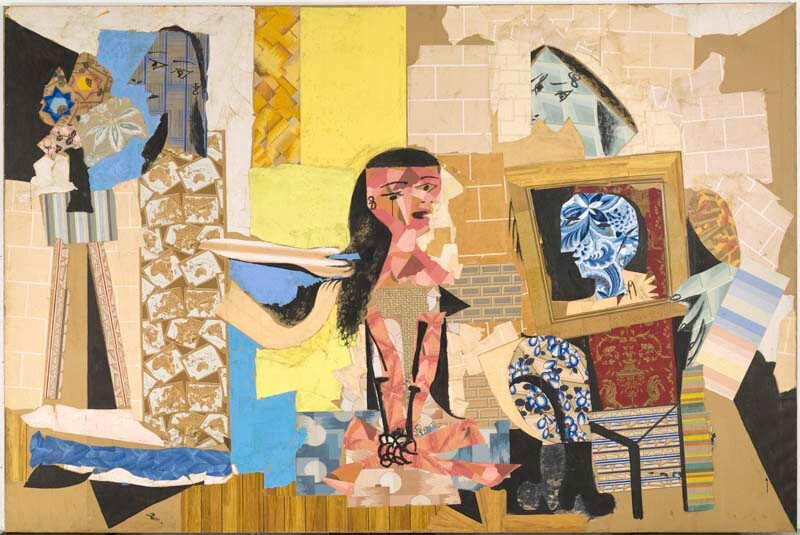





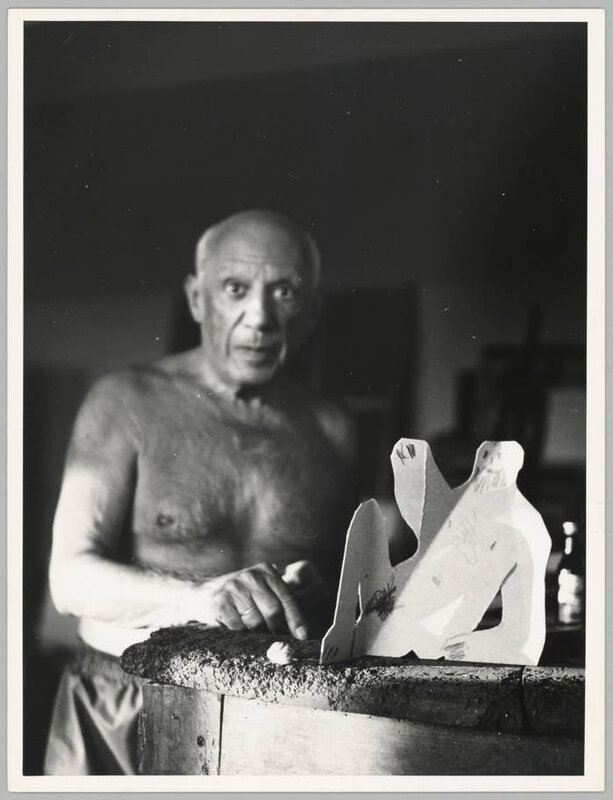


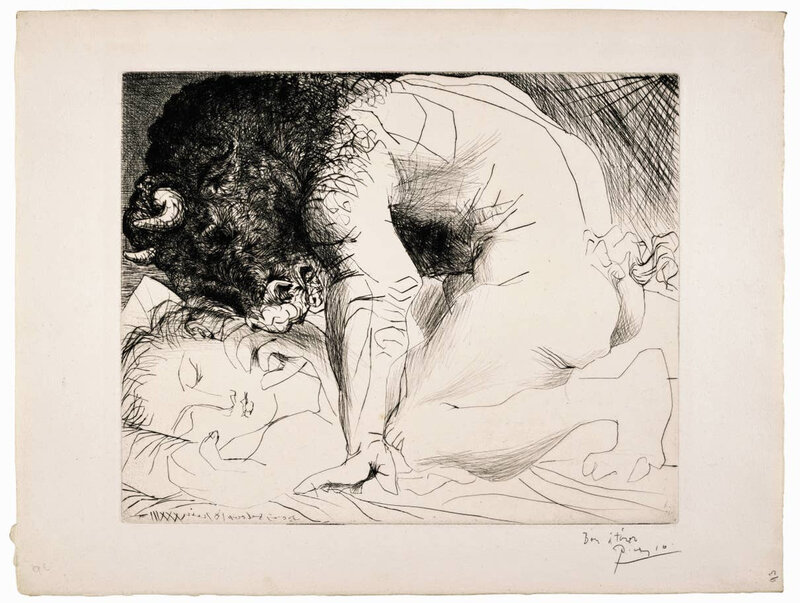





/http%3A%2F%2Fstorage.canalblog.com%2F25%2F77%2F119589%2F129711337_o.jpg)
/http%3A%2F%2Fstorage.canalblog.com%2F60%2F34%2F119589%2F128961949_o.png)
/http%3A%2F%2Fstorage.canalblog.com%2F84%2F21%2F119589%2F128701730_o.jpg)
/http%3A%2F%2Fstorage.canalblog.com%2F96%2F14%2F119589%2F128351398_o.jpg)